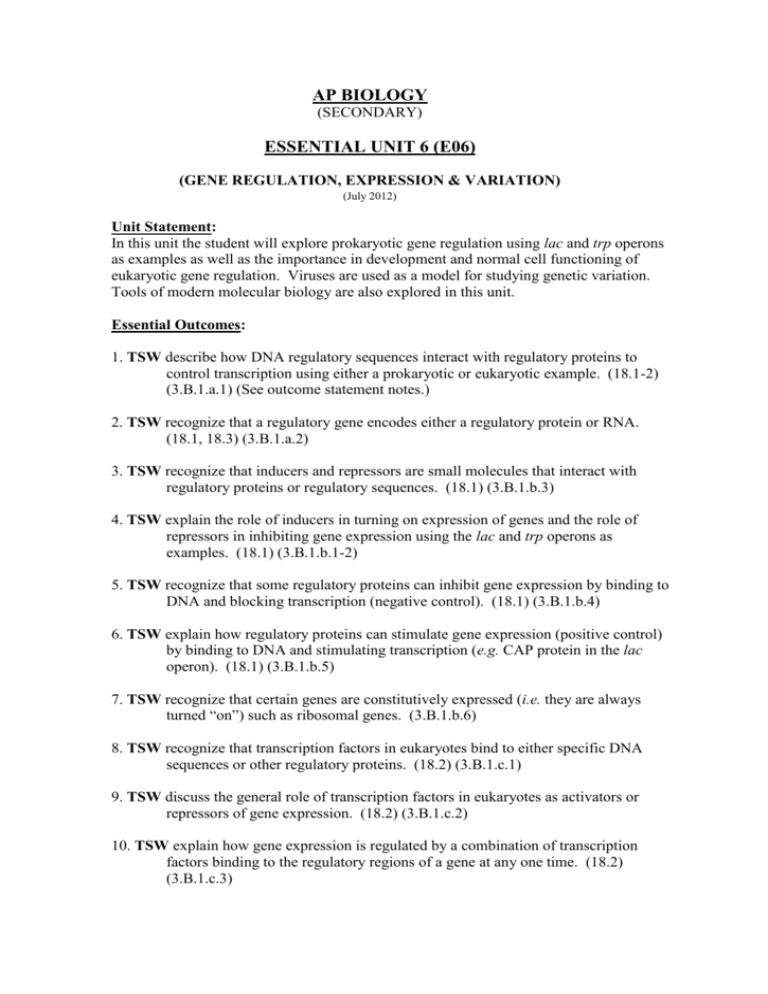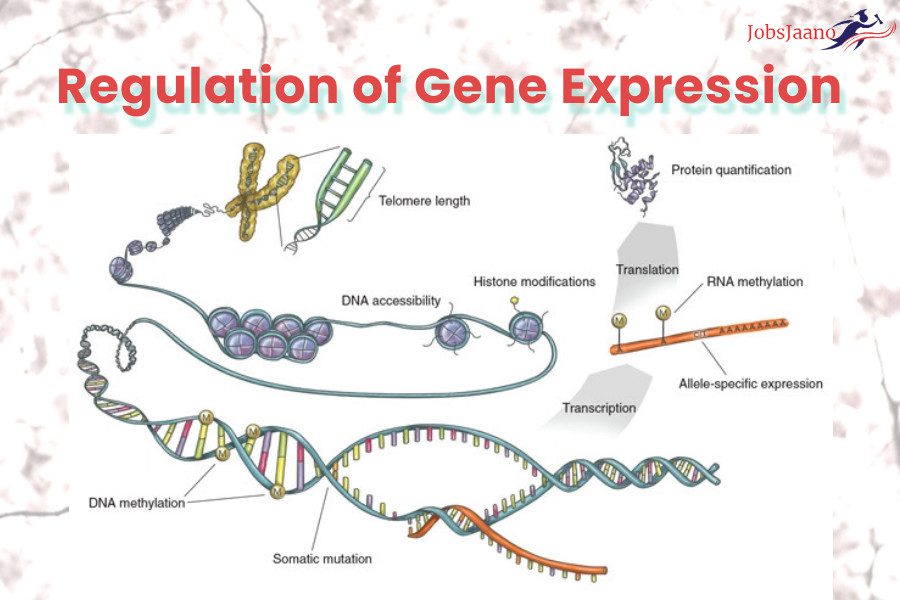14.3 Gene Regulation And Expression
Genes are the foundation of life, responsible for the unique characteristics and functions of every living organism. How do genes work? What governs their expression? In this post, we delve into the fascinating realm of gene regulation and expression, unveiling the intricate mechanisms that underlie these processes.
Mysterious Dance of Gene Regulation

Genes do not operate in isolation; instead, they dance to the rhythm of regulatory factors that control their expression. This captivating process ensures that genes are activated or deactivated at the right time and in the right cells, orchestrating the complex symphony of life.
Small RNAs: The Gene Expression Maestros

Among the regulators of gene expression, small RNAs have emerged as maestros, playing a crucial role in fine-tuning the activity of genes. These tiny molecules, crafted by nature, hold immense power in determining an organism's development, response to environmental cues, and even disease susceptibility.
The Intricacies of Gene Regulatory Networks
Within every cell, a network of interconnected genes and regulatory elements creates a delicate balance of activation and repression. This dance of transcription factors, enhancers, and repressors forms an intricate web known as the gene regulatory network (GRN).
Understanding the GRN is like unlocking the secrets of a complex puzzle; each gene's behavior depends on the state of its neighbors and the ever-changing inputs from the cellular environment. By deciphering these hidden connections, scientists gain insights into how genes work together to shape the destiny of an organism.
Unraveling the Mysteries: Frequently Asked Questions
1. How do genes get turned on and off?
Gene activation and suppression are meticulously regulated to ensure precise control over an organism's biological processes. This intricate control involves a combination of DNA accessibility, transcription factor binding, and epigenetic modifications.
2. What role do small RNAs play in gene expression?
Small RNAs act as versatile regulators of gene expression, wielding their influence by either inhibiting translation or targeting specific messenger RNAs for degradation. They play a vital role in diverse biological processes, including development, immune responses, and even the progression of diseases.
3. Can gene expression be manipulated?
Manipulating gene expression holds great promise in areas such as medical research and biotechnology. Scientists are exploring techniques like CRISPR-Cas9 to remove, modify, or insert desired genetic material, opening up possibilities for treating genetic disorders and developing innovative therapies.
Concluding Thoughts
In the realm of gene regulation and expression, we witness the intricate dance of life unfolding before our eyes. From the symphony of gene regulatory networks to the profound influence of small RNAs, each discovery brings us closer to unraveling the mysteries of our own existence.
So, next time you ponder your unique traits or marvel at the diversity of life, remember the invisible forces at play within each one of us – the genes and their intricate dance of regulation and expression.
Sources:
Note: This article is for informational purposes only and should not be considered as medical advice. Always consult with a qualified healthcare professional for any medical concerns.
A Look At The Importance Of Gene Regulation & Expression | Insights Care
 Image Source : insightscare.com
Image Source : insightscare.com BC- 22- Regulation Of Gene Expression Part 1 Flashcards | Quizlet
 Image Source : quizlet.com
Image Source : quizlet.com E06GeneRegulation
 Image Source : studylib.net
Image Source : studylib.net The Operon Model Of The Regulation Of Gene Expression In Bacteria Was
 Image Source : slidesharedocs.blogspot.com
Image Source : slidesharedocs.blogspot.com regulation operon bacteria mrna bacterial
Biochemistry Fundamentals: Gene Expression Regulation Overview | Draw
 Image Source : www.drawittoknowit.com
Image Source : www.drawittoknowit.com regulation
真核生物基因表达的调控 - 世界杯阿联酋vs丹麦预测
 Image Source : www.coachesglue.com
Image Source : www.coachesglue.com Regulation Of Gene Expression By Small RNAs By Gaur. $58.73
 Image Source : www.pinterest.com
Image Source : www.pinterest.com gene expression regulation
MCQ On Regulation Of Gene Expression In Eukaryotes - JobsJaano.com
 Image Source : www.jobsjaano.com
Image Source : www.jobsjaano.com gene eukaryotes mcq
Gene expression regulation. A look at the importance of gene regulation & expression. Mcq on regulation of gene expression in eukaryotes. Regulation operon bacteria mrna bacterial. Regulation of gene expression by small rnas by gaur. $58.73